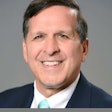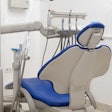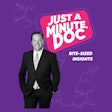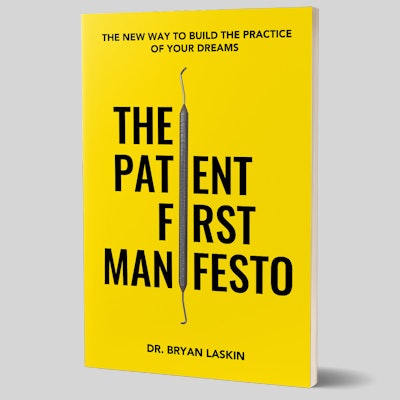
The following is an excerpt from Chapter 9 of Dr. Bryan Laskin's new book, The Patient First Manifesto. The book addresses why patients still hate going to the dentist and what dentists can do to change that.
Empathy, at first glance, seems like the benchmark we should all shoot for. Empathetic doctor or care team members are universally loved by patients and co-workers. If we share in our patients' hardships, we are acutely aware of their problems and perceive the best way to address their concerns.
The trouble with being an empathetic caregiver, and being an empathetic doctor who performs microsurgery all day specifically, is that the process of absorbing our patients' anxieties diminishes our ability to produce the high-quality clinical outcomes we are all striving for. ...
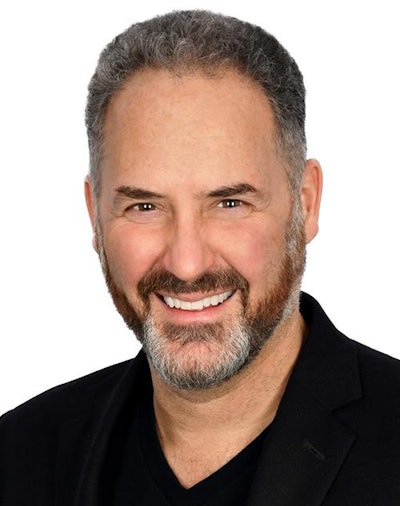 Dr. Bryan Laskin.
Dr. Bryan Laskin.Adding to the problem we face in providing care for people is the fact that, while sharing in other's pain is natural for most people, it is certainly enhanced in people who choose caregiving professions. Caring for people and relieving their pain is a primary reason why so many of us became doctors and team members in the first place! ...
However, any patient or responsible caregiver will immediately understand that apathy toward patients is not commendable or even acceptable. We, doctors and team members, must maintain concern for our patients in order to appropriately address their needs.
Not having emotion or caring for our patients, obviously, is not the goal.
So we are left with the dilemma: If we treat our patients with empathy, our quality of care will drop, as we will be disabled through absorbing their anxieties. If we treat our patients with apathy, our quality will drop because of our disinterest. Also, nobody wants an apathetic doctor, so your practices would likely fail.
Of course, then, the answer lies in our first fully understanding the factors at play in this dilemma, and addressing them through exercising compassion in our delivery of care.
If we can treat patients from a place of compassion, we can both elevate our quality of care and maintain our human connection with patients by working to protect our own emotions as we focus on our detailed work.
Everything we do in a dental office, from a routine cleaning to root canals and extractions, requires a level of precision that would benefit from practicing conscious compassion toward our patients.
This does not happen by accident, however. Treating patients with true compassion requires recognition of this issue and consistent practice. But, by consistently making the mindful leveraging of restrained emotions a priority in our delivery of care, we can obtain the positive clinical outcomes we are looking for, while also addressing the needs of those anxious people who are commonly receiving this care.
Many times dentists joke that the "problem" that chokes our practice growth, slows us down, and hinders our ability to provide high-quality care lies 6 inches above where we work in our patients' minds. If only patients knew what we knew, would listen to what we say, would stop complaining about costs, pain, and stress of treatment, sit still and relax, we could get our job done well.
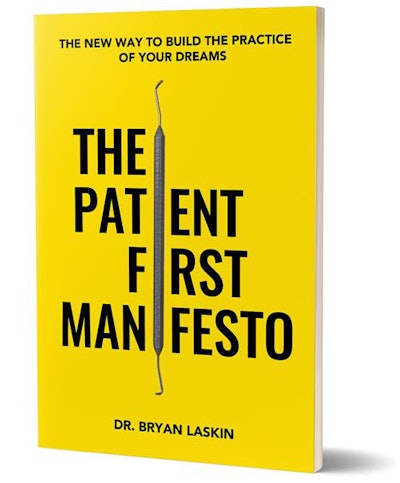 Image courtesy of Dr. Bryan Laskin.
Image courtesy of Dr. Bryan Laskin.This myopic perspective does not help anyone, including the doctor or caregiver.
I would argue that the primary factor stifling offices from hitting their goals in generating massive profits and helping more patients elevate their oral health lies in a different location than the patients' mind.
I believe the biggest limitation on professionals in our industry reaching their goals lies deeper -- in our hearts.
Dental professionals are caring, nurturing empathetic creatures by nature. The number one question I get when people find out that I am a dentist is, "Why would you want to dig around in other people's mouths?" We all endure these types of questions, but to us the answer is clear.
We want to help people.
The oral cavity is the gateway to health and we are the gatekeepers. Sure the money has historically been good, but there are certainly easier ways to make similar money and many more ways to make more with much less stress.
We must, therefore, recognize that the stress in our jobs is squarely derived from our empathy. The vast majority of the people we see have anxiety about coming to the dentist! We absorb that anxiety every hour, every patient, every day.
Yet, in this stressful environment, we are expected to perform microsurgeries, where perfection is expected to the nanometer.
I can clearly remember walking into an operation last week thinking, if the patient would stop crying, this filling will take less than 90 seconds. Every day, a "simple" procedure that we have easily accomplished thousands of times is made extremely difficult by the person to whom those teeth are connected to.
The reason why this is so difficult is because we care.
But, over time we become desensitized to the suffering of our patients in order to perform our job effectively. This typically is not through mindful compassion but through self-preservation. In other words, we subconsciously ignore our patients' feelings, so that our own empathic nature doesn't impede us from delivering quality care.
Yet, ultimately, patients just want to know that you care. Caring too much incapacitates us like the young monk in the fable. We must, however, understand what our patients need while also maintaining our focus so that we can produce the highest quality of care we can.
We must become like the old monk. Through consistent practice, doctors and care professionals can do the work necessary to act on their patients' desires for a less stressful, high quality, more compassionate dental experience, while also producing great work.
It only takes two steps to cross the chasm of The Great Disconnect between doctors and teams and their patients, so that you can achieve a practice beyond your dreams:
- Learn what patients want
- Take action
There is no doubt that, for most, the second step is the hardest. Implementing change can be difficult for practices and teams, so it is important to have a plan of action with each initiative you take on.
We all have seen an opportunity to improve care and failed to implement the solution successfully. For every hundred successful CAD/CAM systems out there cranking out dozens of cost-saving, well-fitting, beautiful restorations every day in dental practices, there are a number that sit in a closet collecting dust.
The difference between being successful in implementing a new technology or procedure in your practice lies in making sure that you fully understand the core issue you are trying to solve and setting a distinct implementation plan in place.
For more information on how to implement any change into your practice, including the 10-part Implementation Checklist, go to ThePatientFirstManifesto.com.
Dr. Bryan Laskin is the owner dentist at Lake Minnetonka Dental and founder and CEO of Operability, the company behind OperaDDS and OperaVR. Laskin also serves as chief innovation officer at Dental Care Alliance. As a partner in several other companies, his focus is on developing solutions that elevate healthcare.
The comments and observations expressed herein do not necessarily reflect the opinions of DrBicuspid.com, nor should they be construed as an endorsement or admonishment of any particular idea, vendor, or organization.















